
This is stated in the conclusions of the investigation of the Viktoriia project, which was attended by 13 media under the leadership of the French group Forbidden Stories, writes The Guardian. The project is based on an interview with more than 50 Ukrainians who have survived the Russian captivity and the families of those who have not yet been returned home.
The Verkhovna Rada Commissioner for Human Rights Dmitry Lubinets reported that the exact number of Russia's prisoners cannot be established, since at least 16,000 civilian prisoners are considered missing. According to journalists, the Kremlin holds captive Ukrainians in 180 separate establishments. In 29 places of freedom in the Russian Federation and on the prisoners, Ukrainians suffer electric shock, drowning, imitation of execution, strokes of wooden and metal hammers.
In addition, according to investigators, the prisoners were reported to be a ban on conversations in Ukrainian, restrictions on food and encouragement to suicide, and numerous fatal cases were recorded in the worst of the detention. The released prisoners told the investigators that in the Taganrog detention center they had violence immediately after arriving: during the "welcoming" procedure "the guards beat prisoners with fists, feet and sticks.
Next, regular beating continued twice a day during searches of cameras and interrogations, told former prisoners. According to them, two buildings were given to torture in the Taganrog detention center, of which shouts were periodically coming. Not only military but also civilians and women were tortured.
Oleksandr Maksymchuk, who spent 21 months in Taganrosis, wrote testimonies received in journalists about numerous beating, electric shocks, strangles and torture, when prisoners were wrapped with adhesive tape and used as "live furniture". According to the three sources of the Gulagu. net human rights group, which previously worked in this system, at the beginning of the war in Russia, a decision was made to encourage physical violence in prisons where Ukrainians are held.
Having analyzed the reports of the United Nations, investigators found 29 places in custody in the controlled territory, which reported cases of torture. In total, about 18,000 people can be kept, with Ukrainian prisoners "scattered" throughout Russia. Journalists provide data on 695 fixed forms of torture.
According to investigators, most civilian prisoners are kept in Russian places of freedom without any accusations, and their families may receive reports that their relatives are kept in custody "for counteracting special military operations". Such prisoners have no right to send letters, receive parcels, and their place of stay is often left for relatives.
Journalists also provide data from sources in Ukrainian intelligence, according to which at least 15 cases of deaths of Ukrainians in Taganrosis were known about the fall of 2024. One of the dead died of torture during the interrogation, four lost consciousness and died during the arrival of rigid "reception", and for the other 10 cases remained unidentified.
We will remind, the Russian Federation returned the mummified body of journalist Victoria Roshchina to Ukraine during the exchange of prisoners on February 25, 2025. On April 24, the head of the Department of the Prosecutor General Yuri Belousov said that on April 24, he said that the examination of the body of the dead revealed numerous traces of torture, including strokes of electric shoumer, garden and broken ribs.


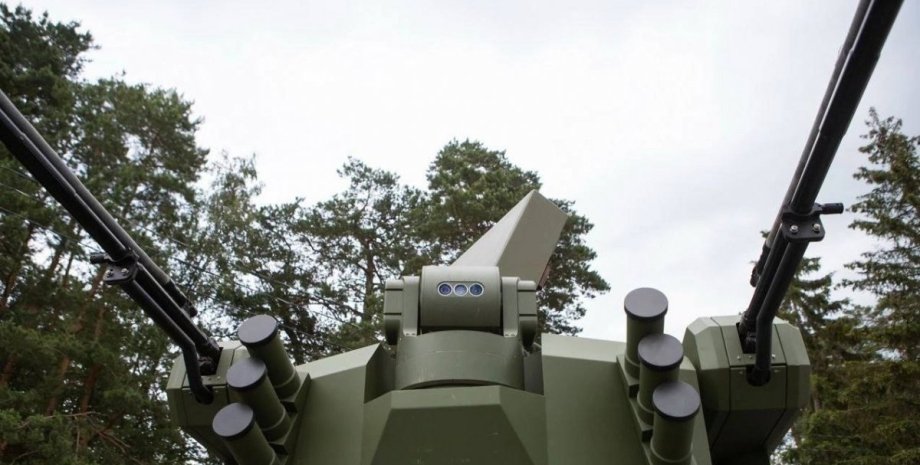
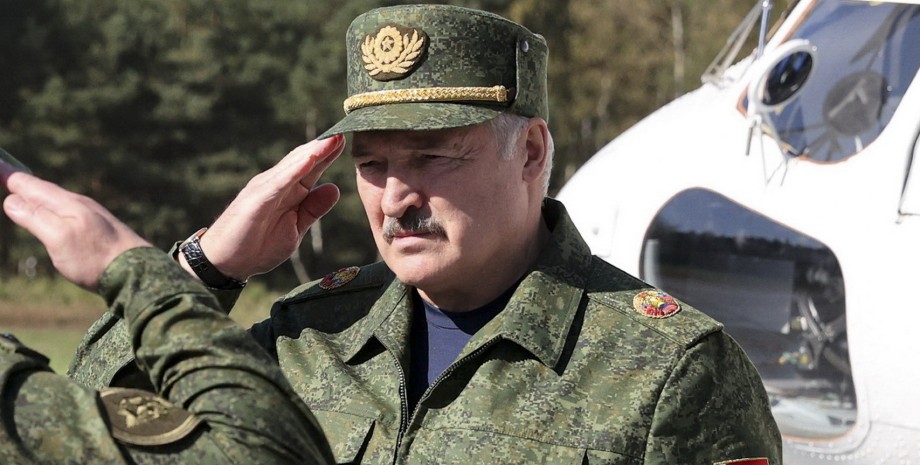
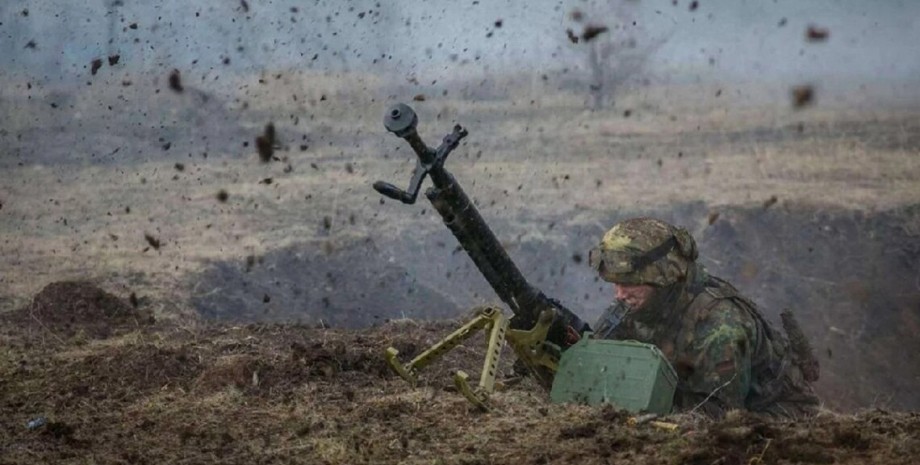

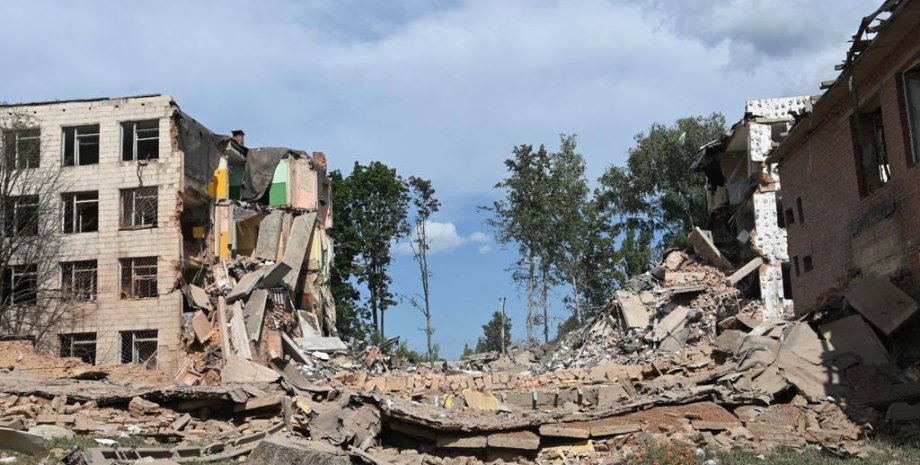

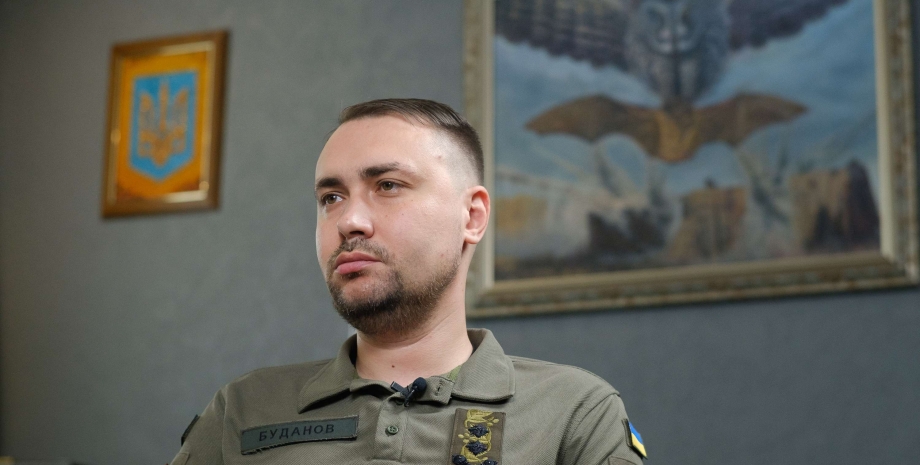
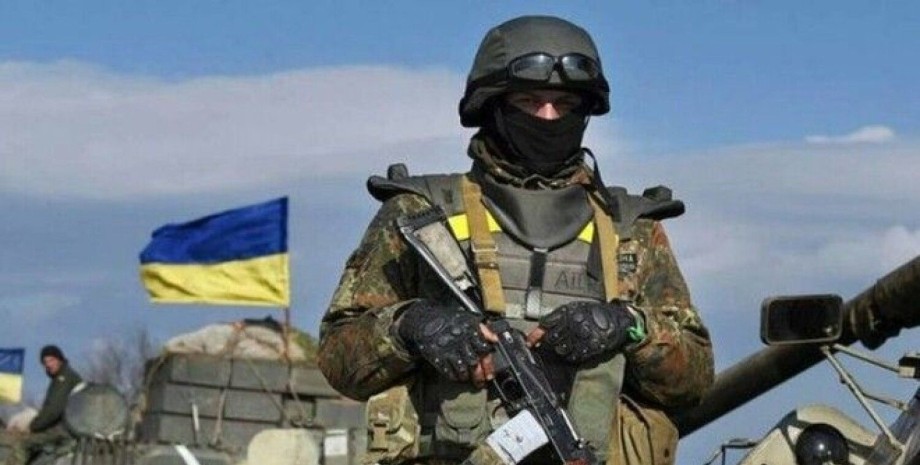
All rights reserved IN-Ukraine.info - 2022